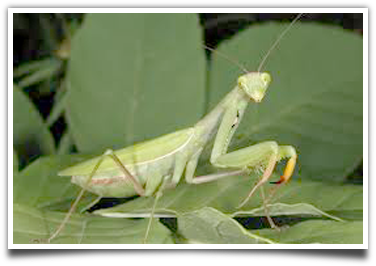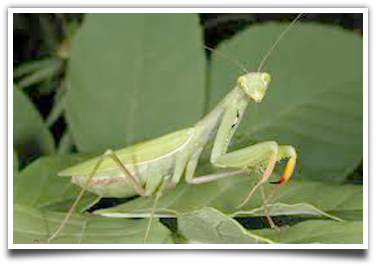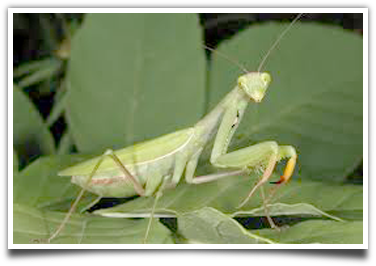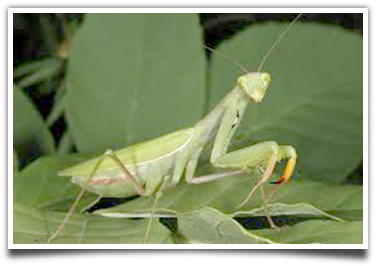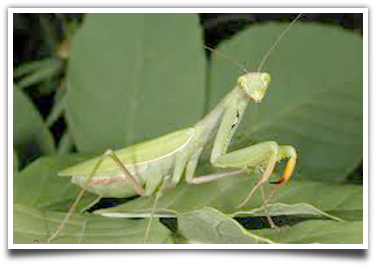Pregnant Praying Mantis behavior
While females are known for feeding on males at the time of reproduction, this only takes place from five to thirty-one percent of the time, often when the female mantis is hungry. The male mantis at the time of mating puts a capsule, which contains his sperm, into the reproductive tract of the female. The female mantis after mating starts swelling and then her abdomen is going to become extremely fat. Also, she will stop flying and eat much. She lays eggs on twigs, buildings, plant stems, rocks, fence posts, or any other rigid surface that can bear her weight.
In general, a praying mantis lays sets of thirty to three-hundred eggs in foamy liquids, which harden into shells. The stored sperm fertilizes the eggs, since the latter pass through the reproductive system of the female. The female mantises die around two weeks after they lay their eggs. It usually takes three-six months before the young praying mantes hatch. The eggs are protected against low temperatures by being stored in separate cells, which provide insulation in winter. Egg cases begin to hatch during the spring season, after two-three weeks of high temperatures.
It is possible that they hatch all at one time or over a period of multiple weeks. The mantis nymphs measure only around 1/8 inch in length and can be difficult to see. Also, they are going to molt many times and become six inches long (full size) in around five-six months.
Spotting a Praying Mantis When considering spotting a praying mantis, look for an insect out there that looks like a branch. The praying mantis typically measures three-four inches in length. The most prominent physical features of this type of insect are its front legs and bulging eyes. When hunting, a praying mantis tucks its foreleg claws under and appears as if it is praying. Purchase an insect identification field guide that has color images. Many different praying mantis species exist, thus it is useful More... Catching a Praying Mantis The praying mantis is a master of both ambush and camouflage. This silent type of insect patiently waits for its next meal and usually blends in with surrounding leaves and/or flowers completely. The insect’s spiny and long frontlegs are generally strong and can instantly grasp prey and then hold on to it. Although a praying mantis can be easily caught, you must catch it cautiously. The legs of this insect have the tendency to poke and then cause a hand More... Why Teach Praying Mantis Facts to Farmers Farmers are always faced with continuous problems about pests and insects destroying their crops. This is really a big problem if it is not controlled since their crops are their main source of livelihood and income. Most farmers would use insecticides but the government is controlling the use of pesticides due to the possible effects of these chemicals to the crops. For this reason, it will be very useful if farmers are taught about praying mantis facts. Praying mantises are More... Praying Mantis Facts about their Eggs Just like most other insect species, the praying mantises also reproduce through hatching eggs. Many farmers and gardeners take note of praying mantis facts about their eggs especially if they plan on using these mantises as a natural form of pest control. When praying mantises release eggs, the eggs are enclosed in a case and farmers call this a mantis egg case. Egg cases of praying mantises can be sold to other farmers and gardeners. When the praying mantis lays More... Hatching a Praying Mantis In order to start hatching a praying mantis, put the egg case into a terrarium, in case you are planning to keep them as pets. A terrarium can take the form of a fish bowl, a jam jar or any other container, as long as there is a small branch of plant left inside. Install mesh on the top to prevent the nymphs from getting away but allows for both air flow and food delivery. The egg case should be More...
|
